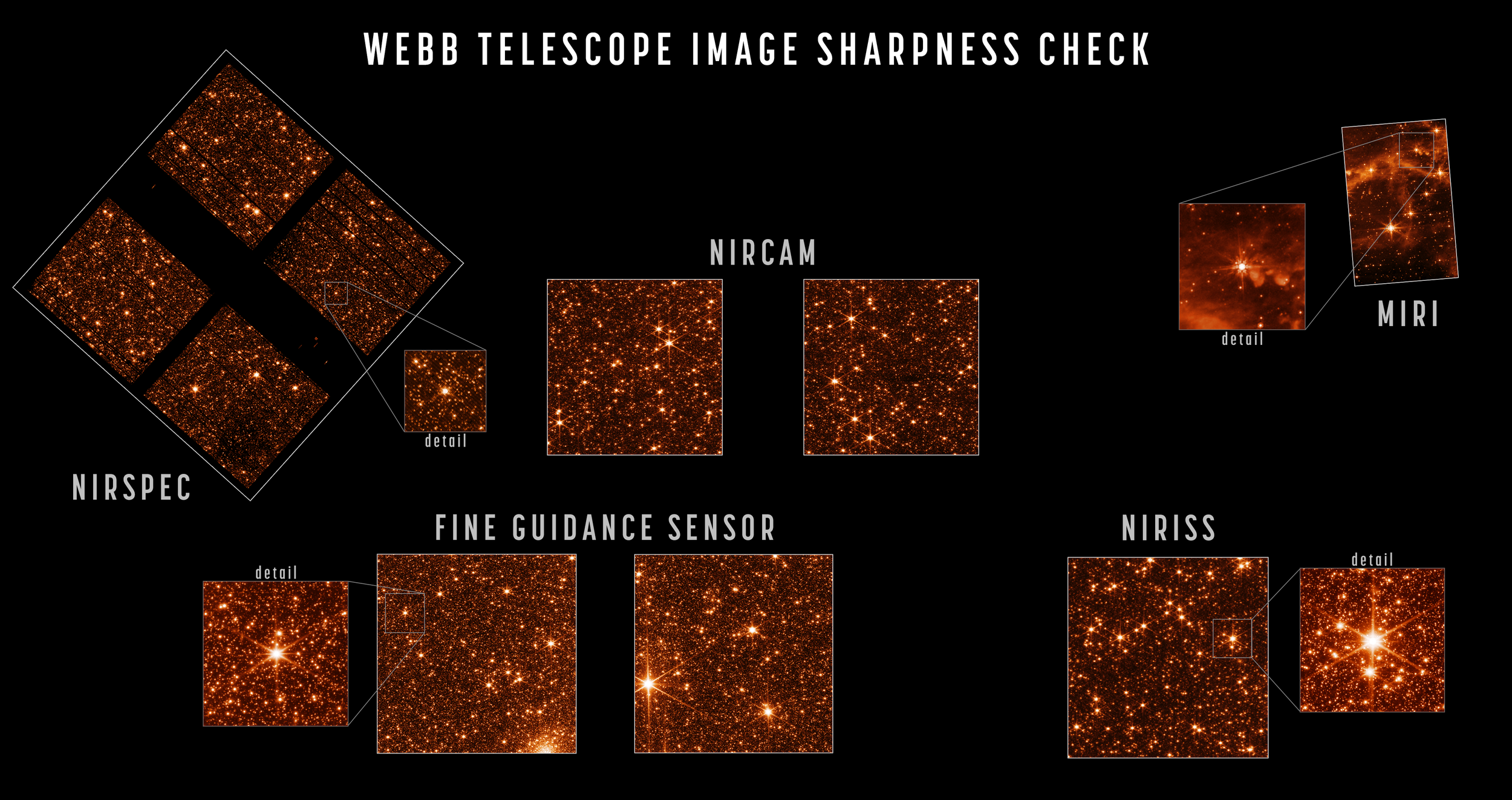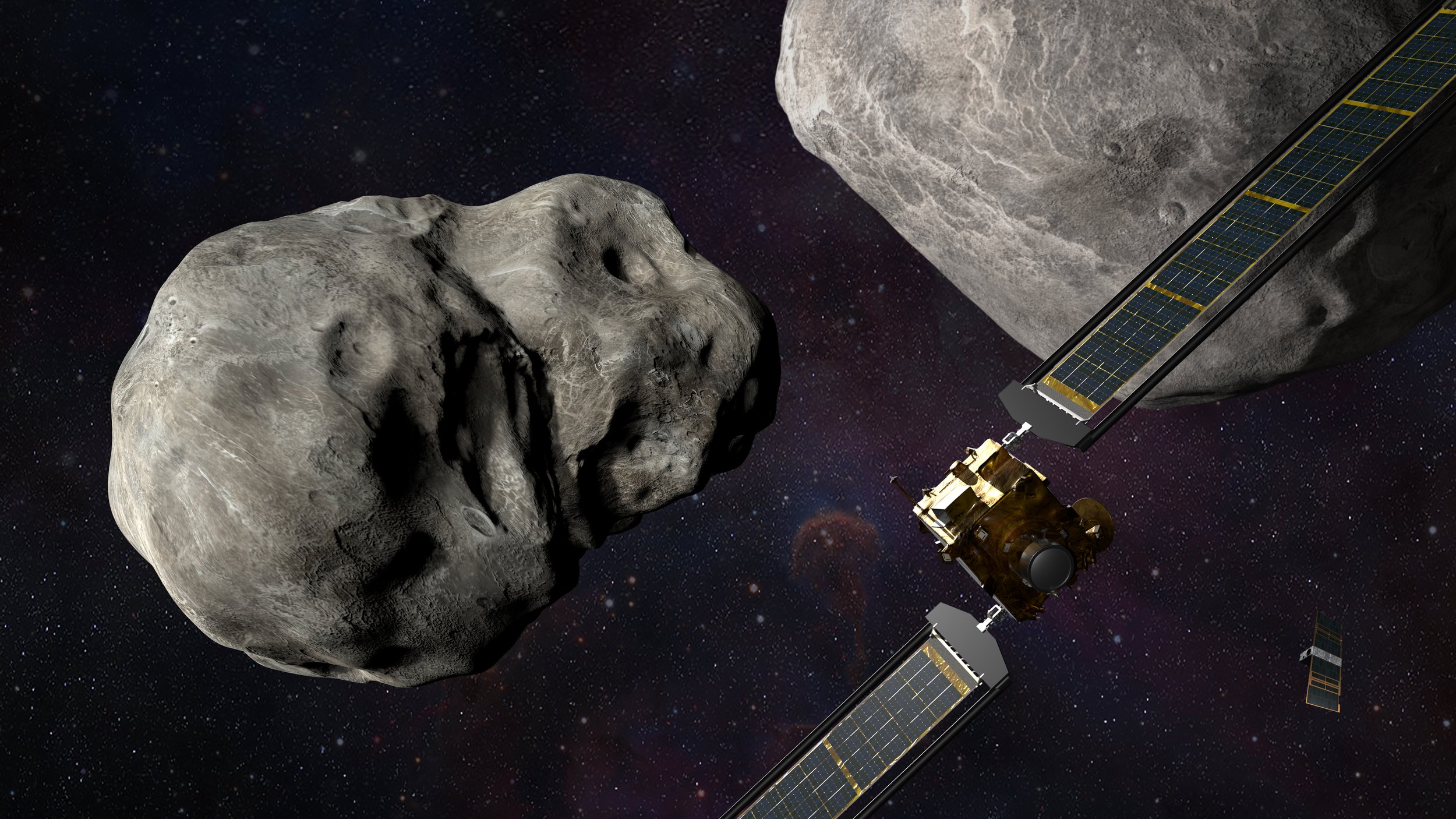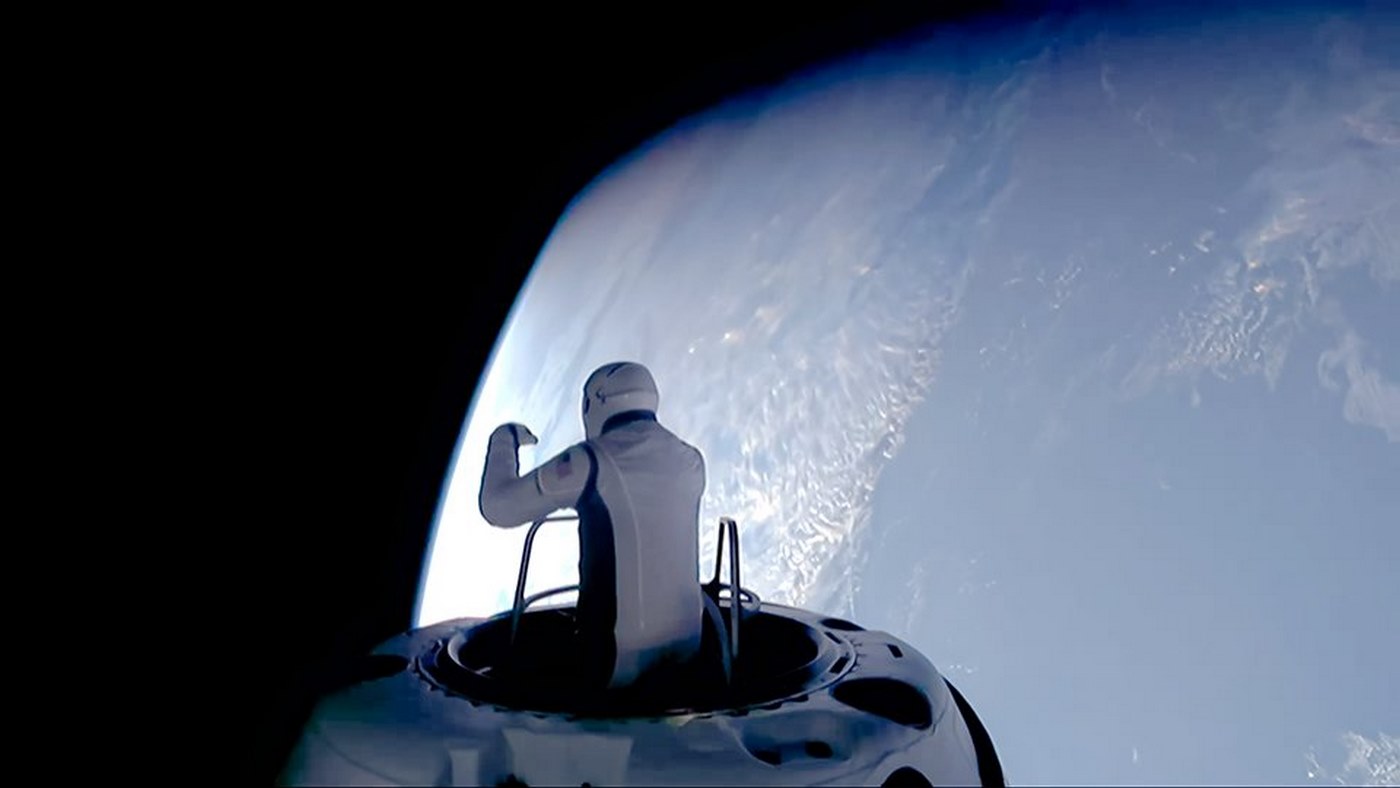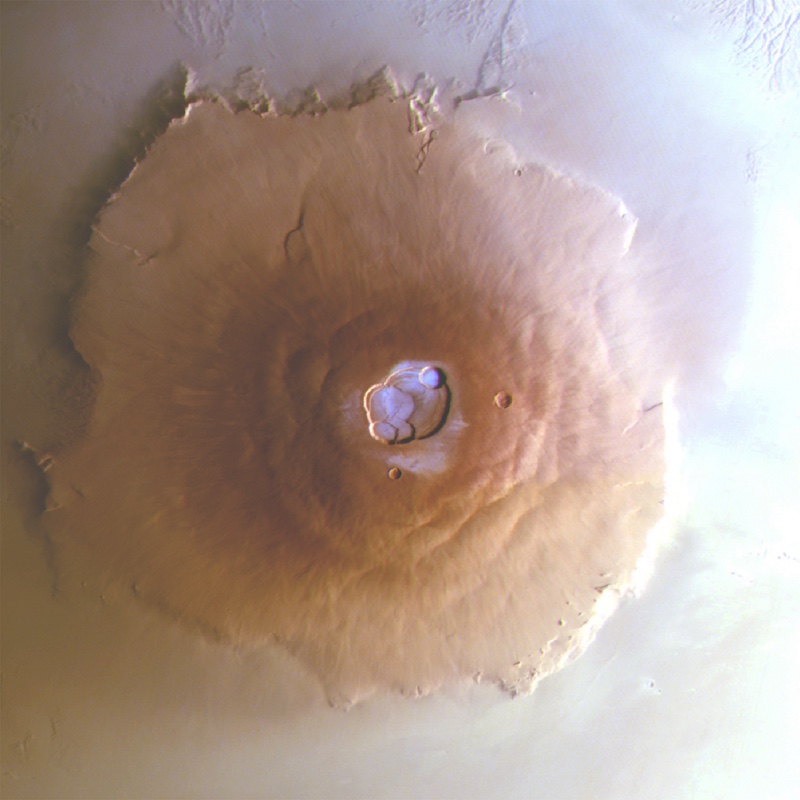The James Webb Space Telescope has finally finished aligning its giant gold mirrors which will ensure that all the light it captures will be reflected into the sensors on its five instruments.
The first images sent back from the most powerful telescope in history were pretty weird and abstract. The most recent ones however offer just a tiny taste of the monumental “wow moments” to come.
Now that the mirror, which is the size of a tennis court, is finished, the final step before scientific exploration can begin is the calibration of the four instruments: themselves exceedingly-complex bundles of lenses, masks, filters, and customized equipment.
The blog team behind the JWST believe it will be another two months before the great seer can pierce the veil of the universe.
PICTURED: Engineering images of sharply focused stars in the field of view of each instrument demonstrate that the telescope is fully aligned and in focus. PC: NASA/STScI.
In this image of the final alignment test, Webb pointed at part of the Large Magellanic Cloud, a small satellite galaxy of the Milky Way, providing a dense field of hundreds of thousands of stars across all the observatory’s sensors.
Worth a thousand words and half a lifetime
Webb’s three imaging instruments are NIRCam (images shown here at a wavelength of 2 microns), NIRISS (image shown here at 1.5 microns), and MIRI (shown at 7.7 microns, a longer wavelength revealing emission from interstellar clouds as well as starlight).
The first two see into the near-infrared spectrum of light, hence they both start with “NI.” Infrared light is another word for electromagnetic radiation, and consists of wavelengths too long for the human eye to detect. It’s the kind of view one needs to see the earliest history of the universe.
The third is in the mid-infrared, hence “MIRI.” In the mid-infrared spectrum, MIRI reveals the clouds of dust surrounding a star, which will make it perfect for searching for exoplanets and star nurseries.
NIRSpec is a spectrograph rather than imager but can take images, as can the Fine Guidance Sensor, which is used to help ensure the observatory is pointed as precisely as possible.
“With the formal conclusion of telescope alignment, key personnel involved with the commissioning of each instrument have arrived at the Mission Operations Center at the Space Telescope Science Institute in Baltimore, and some personnel involved with telescope alignment have concluded their duties,” the JWST staff wrote on their blog. For some of these personnel, this represents the end of half a lifetime of work.
“These images have profoundly changed the way I see the universe,” said Scott Action, Webb a wavefront sensing and controls scientist at Ball Aerospace, who is one such person.
“We are surrounded by a symphony of creation; there are galaxies everywhere! It is my hope that everyone in the world can see them”.




